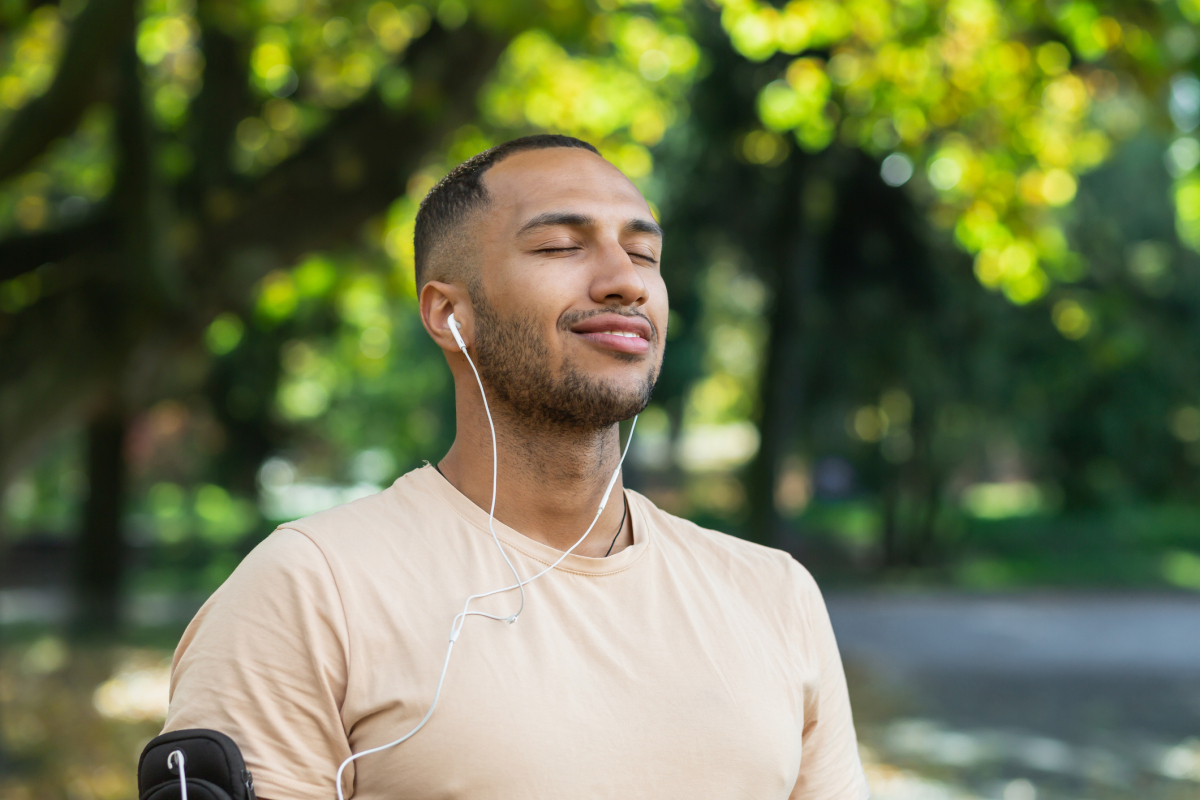They use Theory is in the name, but it is not a theory like gravity or evolution, the proper name means it is more like String Theory. An idea that needs scientific rigor to be shown true.
NRT maintains that rather than relying on learned expectations or prediction, musical experiences arise from the brain’s natural oscillations that sync with rhythm, melody and harmony.

Resonance shapes our sense of timing, our musical pleasure and our instinct to move with the beat.
The resonance means that structures like pulse and harmony reflect stable resonant patterns in the brain, shared across people independent of their musical background. According to NRT, how we hear and produce music can be explained by fundamental dynamical principles of human brain mechanisms that apply from the ear all the way to the spinal cord and limb movements.

Psychologists hope potential applications may include:
Therapeutic tools for conditions like stroke, Parkinson’s and depression
Emotionally intelligent AI that can respond to or generate music more like humans
New learning technologies to support rhythm and pitch education
Cross-cultural insight into why music connects people around the world
Citation: Harding, E.E., Kim, J.C., Demos, A.P. et al. Musical neurodynamics. Nat. Rev. Neurosci. 26, 293–307 (2025). https://doi.org/10.1038/s41583-025-00915-4




Comments